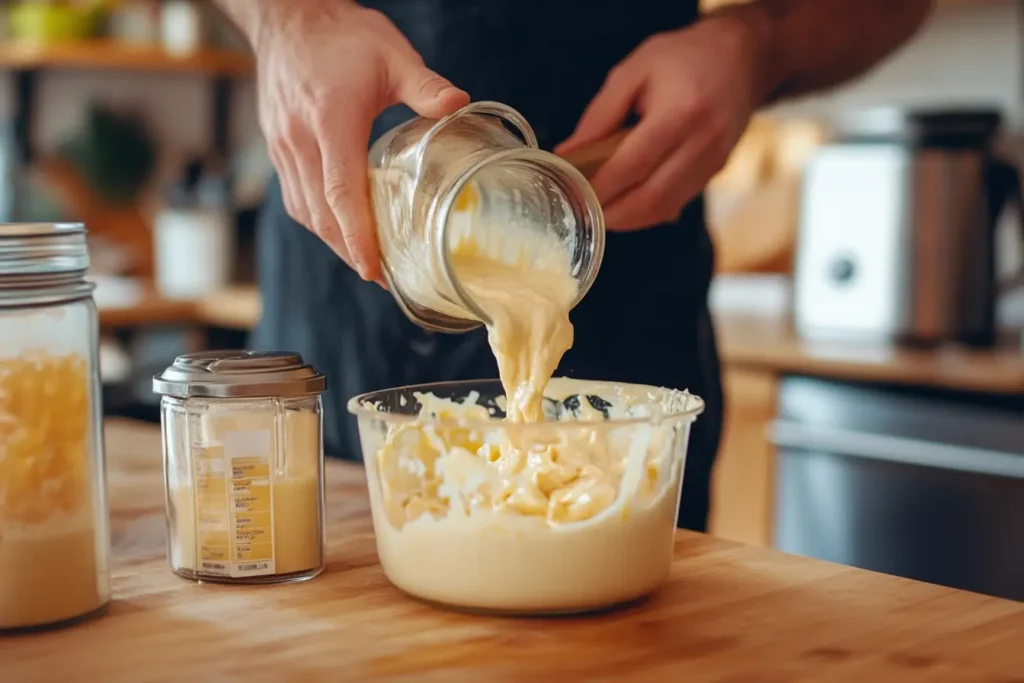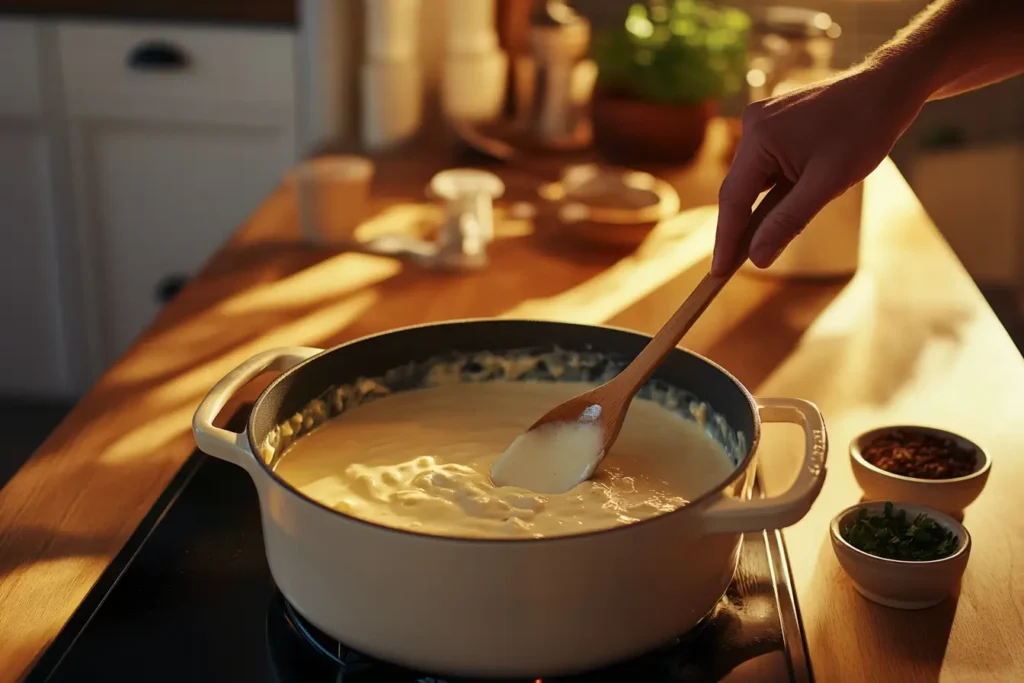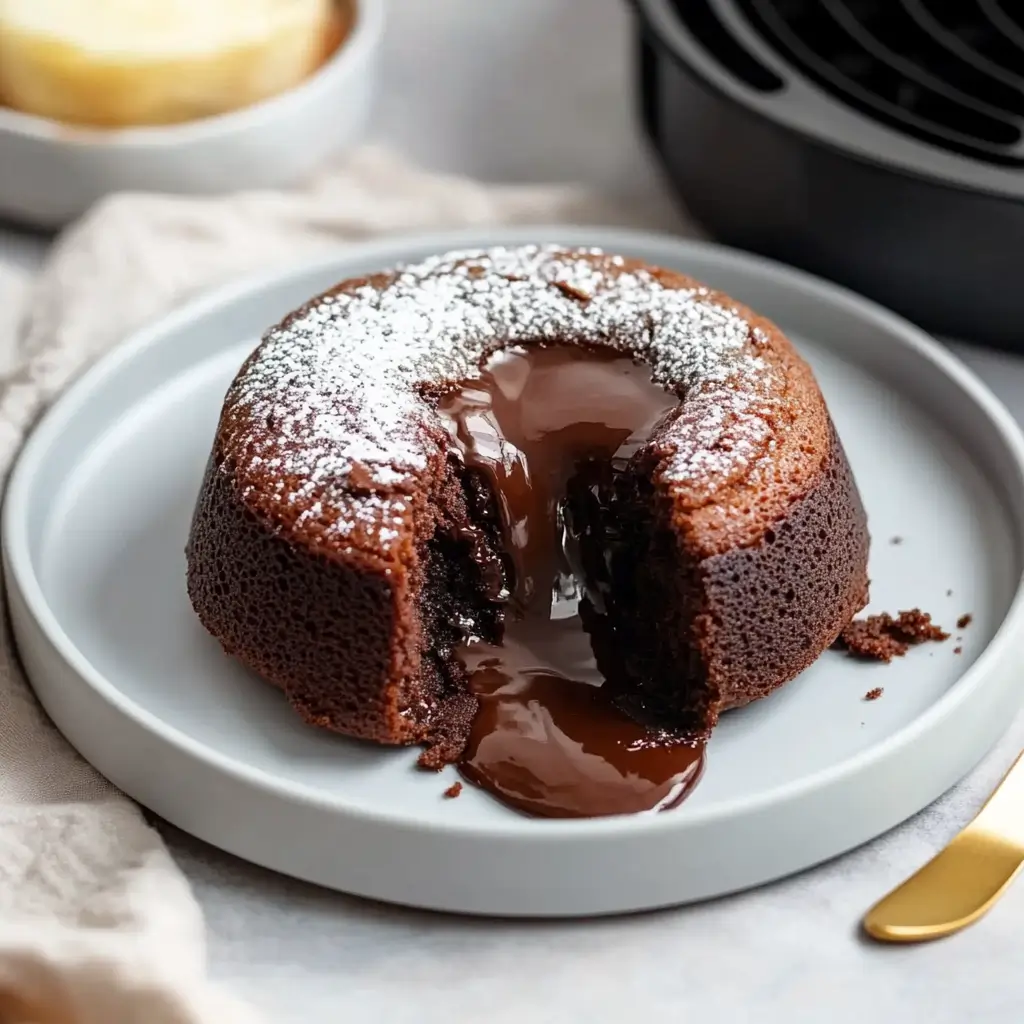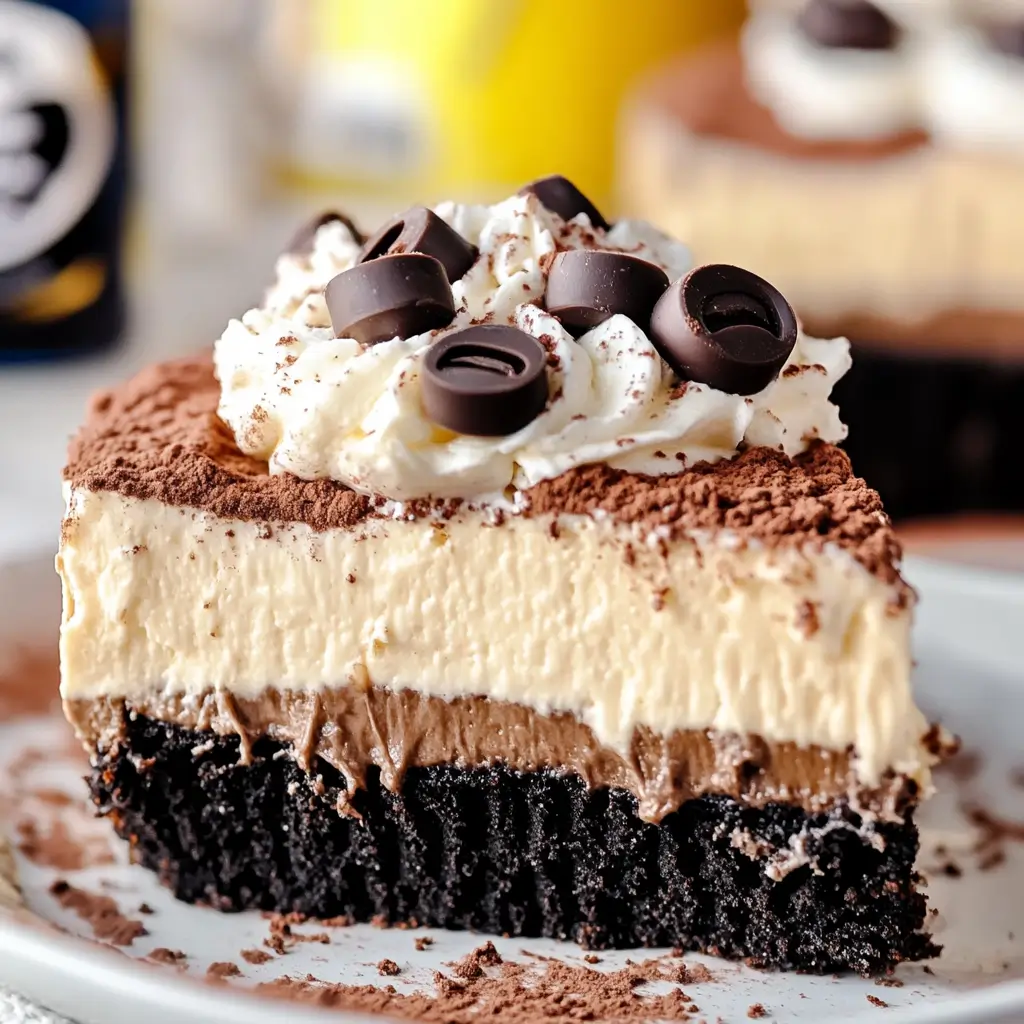Queso is one of those irresistible, cheesy dips that can turn any snack into a delicious treat. But what if you made too much and don’t want it to go to waste? Can you freeze queso to save it for later? The answer is yes, but with some important tips to ensure it keeps its texture and flavor.
In this article, we’ll dive into everything you need to know about freezing queso, including the best methods, how to reheat it properly, and common mistakes to avoid. Plus, we’ll share some expert chef insights on how freezing affects the quality of your queso.
Chef’s Insight: “Freezing queso is a game-changer if done right! I always recommend portioning it before freezing so you don’t end up with a big, clumpy mess when reheating.” , Chef Luis Martinez
Now, let’s explore the details, starting with what queso is and how freezing impacts dairy-based products.
Table of Contents
Understanding Queso and Freezing Basics
What is Queso?
Queso, which means “cheese” in Spanish, is commonly used to refer to queso dip a creamy, melted cheese sauce often flavored with peppers, tomatoes, and spices. There are different types of queso, including:
- Queso Blanco – A soft, white cheese often used in Mexican cuisine.
- Queso Fresco – A crumbly, mild cheese that doesn’t melt easily.
- Queso Dip – A processed cheese-based dip, typically made with Velveeta or cheddar.
Queso dip is the most popular variety in the U.S., often served with tortilla chips at restaurants and parties.
How Does Freezing Affect Dairy-Based Products?
Dairy-based products like queso contain fats and proteins that react differently when frozen. Here’s what happens when you freeze queso:
- Texture Changes – Cheese-based sauces may become grainy or separate after freezing.
- Moisture Loss – Freezing can remove moisture, making queso less creamy.
- Flavor Impact – Some cheeses develop a slightly different taste after freezing.
Did You Know? “Freezing Velveeta-based queso works better than freezing real cheese dips because processed cheese has stabilizers that prevent separation.”
Nutrition Facts of Queso Dip
Here’s a look at the nutritional breakdown of a standard serving (¼ cup) of queso dip:
| Nutrient | Amount per Serving |
|---|---|
| Calories | 80-120 kcal |
| Total Fat | 6-8g |
| Saturated Fat | 3-5g |
| Protein | 4-6g |
| Carbohydrates | 2-4g |
| Sodium | 300-500mg |
Nutritional values vary depending on the type of cheese and ingredients used in the dip.
Can You Freeze Queso?
Is It Safe to Freeze Queso?
Yes, you can freeze queso, but there are a few things to keep in mind. The freezing process is safe as long as the queso is stored properly. However, the texture and consistency may change due to the high dairy content.
Here’s what happens when you freeze queso:
- It prevents spoilage and extends shelf life.
- It’s a great way to store leftover queso dip.
- The texture may become grainy or separate when thawed.
- Not all types of queso freeze well.
Food Safety Tip: Always store queso in an airtight, freezer-safe container to prevent freezer burn and loss of flavor.
Which Types of Queso Freeze Well?
Some types of queso freeze better than others. Here’s a breakdown:
| Type of Queso | Freezing Suitability |
|---|---|
| Queso Dip (Velveeta-based) | ✅ Freezes well due to stabilizers |
| Queso Blanco | ❌ Does not freeze well; becomes crumbly |
| Queso Fresco | ❌ Not recommended; changes texture |
| Homemade Queso Dip | ✅ Freezes okay, but may separate |
| Store-Bought Queso | ✅ Can be frozen if unopened |
Did You Know? “Processed cheese-based queso freezes better than natural cheese dips because it contains stabilizers that help maintain consistency.”
How Long Can You Freeze Queso?
- Homemade queso dip – Up to 3 months
- Store-bought queso (unopened) – Up to 6 months
- Queso fresco or soft cheese dips – Not recommended for freezing
Always label your queso with the freezing date to keep track of its freshness.
How to Freeze Queso Properly
Step-by-Step Guide to Freezing Queso

Follow these steps to freeze queso while maintaining its quality:
1. Let the queso cool completely
Never freeze hot queso! Allow it to reach room temperature before storing.
2. Portion the queso
Divide the queso into small portions. This makes it easier to thaw only what you need.
3. Use freezer-safe containers
Choose an airtight container or a resealable freezer bag. If using a bag, remove excess air before sealing.
4. Label and date the container
Write the date on the container to keep track of how long it’s been frozen.
5. Freeze the queso
Place the container in the freezer, keeping it flat to save space.
Pro Tip: “For best results, store queso in smaller portions. This helps prevent texture changes when thawing.”
Common Mistakes to Avoid When Freezing Queso
❌ Freezing queso in large batches – It’s better to freeze smaller portions to make reheating easier.
❌ Using glass containers – Some glass jars can crack in the freezer due to expansion.
❌ Not sealing properly – Air exposure can cause freezer burn, ruining the queso’s texture.
How to Thaw and Reheat Frozen Queso
The Best Ways to Thaw Frozen Queso
After freezing queso, the next challenge is bringing it back to its creamy, delicious state. The key is slow and steady thawing to avoid texture issues.
Here are the best thawing methods:
- Refrigerator Thawing (Recommended)
- Move the frozen queso from the freezer to the fridge.
- Let it thaw for 12–24 hours.
- Stir well before reheating to fix any separation.
2. Cold Water Thawing (Faster Option)
- Place the sealed container of queso in a bowl of cold water.
- Change the water every 30 minutes.
- Once softened, transfer to the fridge for a couple of hours before reheating.
3. Microwave Thawing (Last Resort)
- Use the defrost setting in short intervals (30 seconds at a time).
- Stir frequently to prevent overheating.
- Expect some texture changes if using this method.
Pro Tip: Never thaw queso at room temperature, as this can cause bacteria growth!
How to Reheat Queso for the Best Taste

Once your queso is thawed, it’s time to reheat it properly to restore its creamy texture. Here’s how:
| Reheating Method | Instructions | Best For |
|---|---|---|
| Stovetop (Best Method) | Heat on low, stirring often. Add milk if too thick. | Homemade queso, Velveeta-based queso |
| Microwave (Quickest) | Heat in 30-second intervals, stirring in between. | Small portions of queso dip |
| Oven (Low & Slow) | Bake at 275°F (135°C) for 15–20 minutes, stirring occasionally. | Large portions |
If the queso looks grainy or separated, don’t worry! Simply add a splash of milk or cream and whisk it until smooth.
Chef’s Tip: “Adding a little butter or milk when reheating helps queso regain its original creamy consistency.”
Alternative Methods for Preserving Queso
Can You Refrigerate Queso Instead of Freezing?
If you’re planning to eat your queso within a few days, refrigeration is a better option than freezing. Here’s how long queso lasts in the fridge:
- Homemade queso dip – 4 to 6 days
- Store-bought queso (opened) – Up to 2 weeks
- Velveeta-based queso – Up to 3 weeks
To keep it fresh:
✅ Store queso in an airtight container.
✅ Keep it at the back of the fridge, where the temperature is most stable.
✅ Stir well before reheating to prevent separation.
Other Ways to Extend the Shelf Life of Queso
Freezing isn’t the only way to make queso last longer. Here are some additional preservation techniques:
- Vacuum sealing – Removes air and prevents freezer burn.
- Adding stabilizers – Some people mix in a bit of cornstarch or cream cheese to help retain texture.
- Using fresh ingredients – Queso made with high-quality cheese and fresh dairy tends to freeze better.
If you love making queso and want more delicious recipes, check out this smoked queso recipe for a smoky twist on this classic dip!
FAQs About Freezing Queso
Freezing queso raises a lot of questions, especially when it comes to texture and taste. Below are some of the most common questions people ask.
1. Can You Freeze Queso Made with Velveeta or Processed Cheese?
Yes! Velveeta-based queso freezes much better than natural cheese dips because processed cheese contains stabilizers that help maintain its texture. If you freeze queso made with Velveeta, just make sure to stir well after reheating to restore its creamy consistency.
2. Does Freezing Queso Change Its Taste?
Freezing queso doesn’t affect its flavor much, but it can change the texture. Some types of cheese-based dips may become grainy or separate after thawing. However, you can fix this by adding a splash of milk or cream while reheating and stirring well.
3. How Long Can You Keep Frozen Queso Before It Goes Bad?
Queso can last in the freezer for up to 3 months if stored properly. After that, it may still be safe to eat, but the texture and taste will start to decline. Always check for signs of freezer burn before reheating.
4. Can You Freeze Store-Bought Queso Dips?
Yes, but it depends on the brand and type of queso. Unopened store-bought queso (especially those made with processed cheese) can freeze well. However, natural cheese dips may separate when thawed. Always check the label for freezing recommendations.
Final Thoughts on Freezing Queso
Should You Freeze Queso?
So, can you freeze queso? Absolutely! But whether or not you should depends on the type of queso and how you plan to use it later. If you follow the right freezing and reheating steps, you can enjoy leftover queso without sacrificing too much quality.
If you’re a queso lover, freezing it the right way can help you enjoy this cheesy dip anytime! And if you’re looking for more cheese-based recipes, check out this smoked queso recipe for a fun twist.




